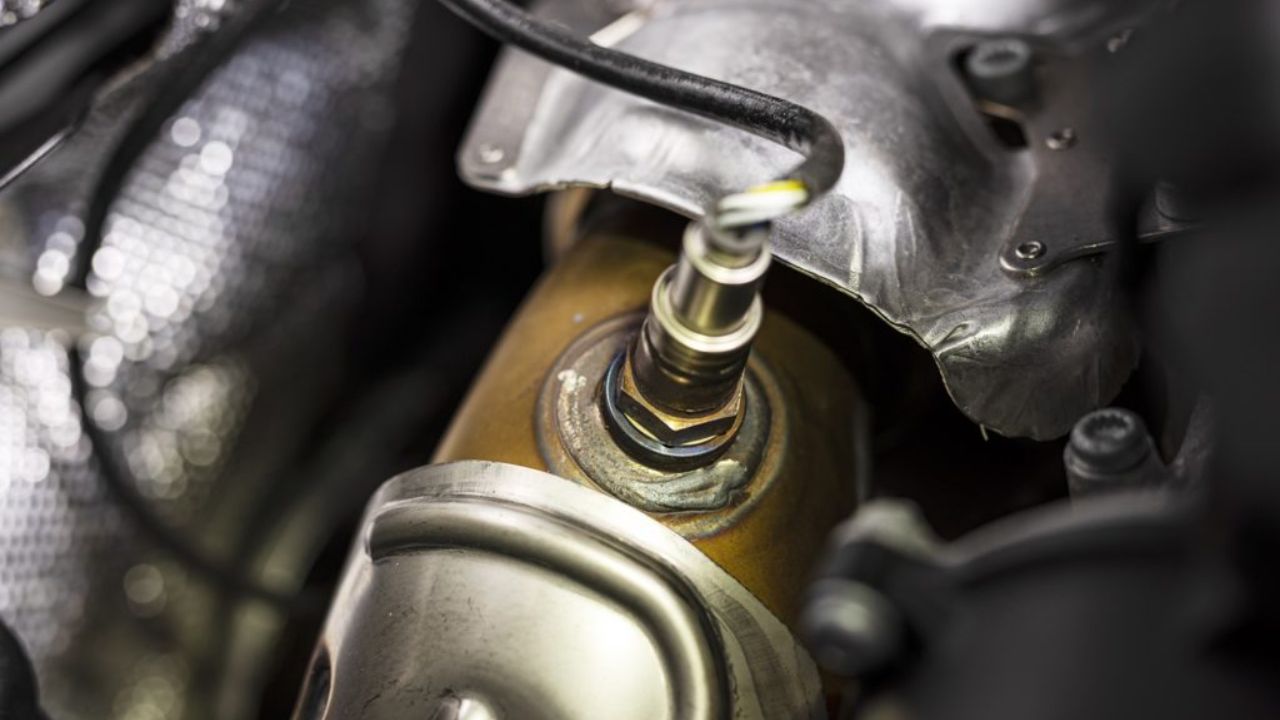The catalytic converter’s job is to break down dangerous pollutants produced by your car during combustion and turn them into less dangerous gases.
Code P0430 indicates that the catalytic converter is not operating efficiently, consequently increasing the output of toxic emissions by the vehicle.
In addition, P0430 refers to “Catalyst System Efficiency Below Threshold (Bank 2)” in the diagnostic problem code (DTC) system. Several things can cause this; thus, a technician must identify the precise cause in your case in order to clear the code.
What does the p0430 code mean?
The P0430 is a diagnostic error code that signals a catalyst system problem. P0430 means “Catalyst System Efficiency Below Threshold (Bank 2),” a diagnostic trouble code (DTC). Misfire and oxygen sensor codes could indicate it.
When the ECU notices that the catalytic converter’s performance is below the threshold, the P0430 code is set. The Check Engine Light will appear on the dashboard when the low-performance threshold is detected by the ECU, which closely monitors the catalytic converter.

Summary of p0430 error code:
- P0430 meaning: Catalyst system efficiency below threshold (Bank 2).
- How severe is it: MODERATE- Internal engine damage might result from prolonged driving with this error code.
- Repair Urgency: Fix this code as soon as you can.
- Diagnosis: While diagnosing the P0430 code, it’s critical to complete the entire diagnostic procedure. A defective catalytic converter or oxygen sensor, which can be brought on by an engine misfire or a rich/lean air-fuel ratio, can set off this DTC.
Can you drive with the p0430 code?
If your vehicle has a P0430 code, you can still drive it. A P0430 error code indicates that the catalyst is not performing as well as it once did.
You should be able to operate your vehicle if the check engine light isn’t blinking and no additional codes indicate misfires. It is advised to only drive for a prolonged period of time after fixing the issue.
If you must drive your car, be careful and steer clear of abrupt acceleration and high speeds. This may lessen the strain on the catalytic converter and lessen the risk of harm to the engine or exhaust system.
What causes the p0430?
Here are the most common causes of the p0430 code:
- Defective catalytic converter (Most Common).
- Faulty oxygen sensor.
- A leak in the exhaust system.
- Leaded Gasoline (the root cause of converter failure).
- Misfire (the root cause of converter failure).
- Faulty air-fuel sensor.
- Rich or Lean air-fuel ratio (the root cause of converter failure).
How do you diagnose p0430?
Here’s how to diagnose the code:
- Use a scanner to ensure that there’s no other code present.
- Examine the exhaust system.
- Check the oxygen sensor.
- Contact a professional.
Use a scanner to ensure that there’s no other code present
Ensure that P0430 is the only code present by scanning your car. Other codes must be dealt with first if they are present.
Examine the exhaust system
Now, examine the exhaust system for leaks and damage. Pay particular attention to the exhaust manifold, gaskets, and pre-catalytic converter exhaust pipes. If any leaks are discovered, fix the leak, erase the code, and do several drive cycles to make sure the fix was successful.
Check the oxygen sensor
Use the digital multimeter to verify the voltage reading of the downstream O2 sensor when the engine is running and the temperature is at normal operating levels. If the catalytic converter is working well, the downstream O2 sensor generates a voltage reading that is around 0.45V and is fairly constant.
The catalytic converter needs to be replaced if the voltage of the downstream O2 sensor is consistently bouncing between 0.1V and 0.9V, indicating that the catalyst is worn.
Contact a professional
Your automobile’s catalyst system may be suffering more serious issues if it continues to set the same code at this stage. You should take your car to a licensed shop so that additional diagnostic testing may be done.
Common diagnoses mistake on p0430
A defective catalytic converter is the most frequent cause of this code, though it can also be an issue with the O2 sensor or the A/F sensor. Keep in mind that P0420 is linked with other codes. Misfire codes such as P0300, P0301, P0302, P0303, P0304, P0305, P0306, P0307, and P0308 require misfire diagnosis.
The new catalytic converter will fail again if the misfire is not fixed before it is reinstalled. Moreover, check your vehicle for codes P0174, P0171, P0172, or P0175, which can indicate that the engine is running rich or low and may cause the catalytic converter to fail.
These codes, as well as any additional codes, should be taken care of first.
What are the most common symptoms of the p0430 code?
The most common symptom of the code include:
- Check Engine light is illuminated.
- Lack of power from the engine
- Rotten egg or a sulfur smell from the exhaust.
- Declined fuel economy.
How much does it cost to have a professional fix the code?
Numerous factors, including the complexity of the code, the professional’s level of experience, the time needed to fix the code, and the professional’s location, can have a significant impact on the cost of hiring a professional to fix the code.
According to experience and expertise, a professional software developer or programmer’s hourly pay typically ranges from $50 to $200 or more. The specific task and the labor that is necessary will determine the final cost of the code fixing, though.